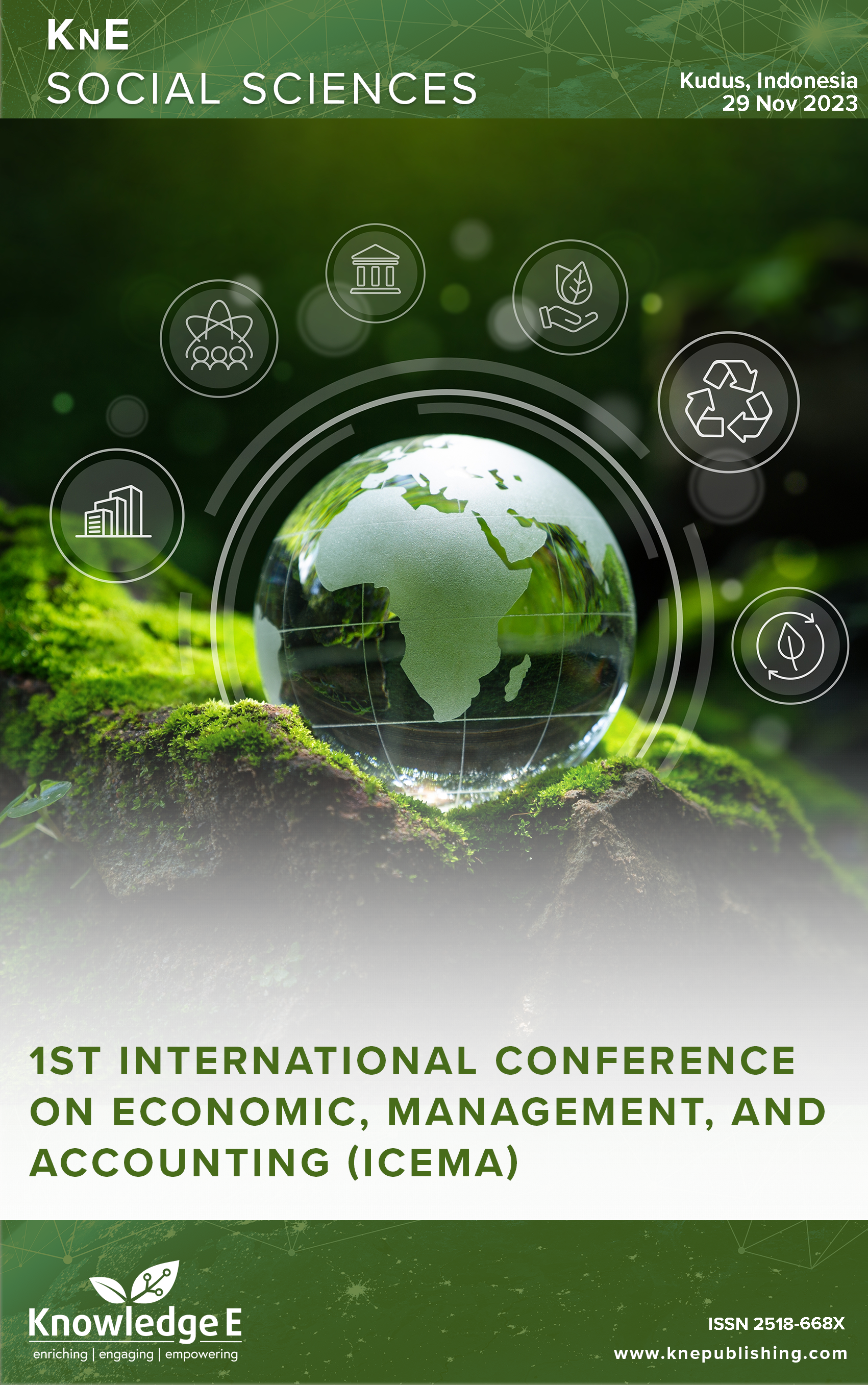Study of Taxpayer Compliance at Kantor Pelayanan Pajak (KPP) Pratama Pati Based on Fishbone Diagram Analysis
DOI:
https://doi.org/10.18502/kss.v9i17.16323Abstract
Taxation is Indonesia’s largest source of national income. Public facilities such as school, hospital, bridges, airport, highway, and more are positive outcome taxpayer contributions to national development. Taxpayer compliance is the main key to generate national income. The Tax Service Office (KPP) in Pati is a unit of the Directorate General of Taxes (DJP) with a broad service area covering Pati Regency and Rembang Regency. This study aims to extract the root causes of taxpayer compliance issues at KPP Pati, focusing on office services, officer resources, taxpayer resources, and modern tax administration using technology analyzed through a fishbone diagram. Qualitative research method was employed to gather insights from 10 informants for gaining multiple points of view representing different perspectives on the four aforementioned aspects. Informants included a frontliner of NPWP, a frontliner customer service representative, two village officials, two account representatives, a service department head, and three taxpayers from different generations. The results revealed that the role of the millennial generation is significant due to their population dominance, while poor digitalization platforms at the DJP were getting worse. Improving digital platform functionality is crucial to enhance taxpayer compliance in the current era. This includes initiatives such as digital marketing, digital account, digital application, and transparent reporting practices.
Keywords: taxpayer, compliance, fishbone, generation, technology
References
Sulastri S, Andesto R, Oktris L. The Determinant of Tax Compliance in Indonesia (Experience in E-Commerce Environment). J. Res. Soc. Sci. Econ. Manag. 2023 Aug;3(1):49–67. DOI: https://doi.org/10.59141/jrssem.v3i1.523
Hardika NS, Wicaksana KA, Subratha IN. “The Impact of Tax Knowledge, Tax Morale, Tax Volunteer on Tax Compliance:” presented at the International Conference on Applied Science and Technology on Social Science (ICAST-SS 2020), Padang, Indonesia, 2021. https://doi.org/10.2991/assehr.k.210424.020. DOI: https://doi.org/10.2991/assehr.k.210424.020
Khozen I, Setyowati MS. Managing taxpayer compliance: reflections on the drivers of willingness to pay taxes in times of crisis. Cogent Bus. Manag. 2023 Dec;10(2):2218176. DOI: https://doi.org/10.1080/23311975.2023.2218176
Panggiarti EK, Sarfiah SN. The Revenue, Education, And Awareness of Taxpayer’s Toward Obedience Of Tax Payer’s On The Territory Of The Directorate General Of Taxes In Central Java. Basic Appl. Account. Res. J. 2022 Apr;1(2):63–71. DOI: https://doi.org/10.11594/baarj.01.02.02
Y. D. Asrinanda, “The Effect of Tax Knowledge, Self Assessment System, and Tax Awareness on Taxpayer Compliance,” Int. J. Acad. Res. Bus. Soc. Sci., vol. 8, no. 10, p. Pages 539-550, Oct. 2018, https://doi.org/10.6007/IJARBSS/v8-i10/4762. DOI: https://doi.org/10.6007/IJARBSS/v8-i10/4762
M. Coccia, “the Fishbone diagram to identify, systematize and analyze the sources of general purpose technologies”.
Irawati N, Prakoso AA. Strategi Manajemen Pemasaran Berbasis Fishbone Analysis Di Desa Wisata Kasongan Kabupaten Bantul Daerah Istimewa Yogyakarta. Respati. 2022 Mar;17(1):26. DOI: https://doi.org/10.35842/jtir.v17i1.438
Bencsik A, Juhász T, Horváth-Csikós G; Széchenyi István University in Győr. A. Bencsik, T. Juhász, G. Horváth-Csikós, and Szent István University in Gödöllő, “Y and Z Generations at Workplaces,”. J. Compet. 2016 Sep;6(3):90–106. DOI: https://doi.org/10.7441/joc.2016.03.06
Phongtraychack A, Dolgaya D. “Evolution of Mobile Applications,” MATEC Web Conf., vol. 155, p. 01027, 2018, DOI: https://doi.org/10.1051/matecconf/201815501027
S. Saha, J. Poray, and B. Jana, “A Study on Blockchain Technology”. https://doi.org/10.2139/ssrn.3477373. DOI: https://doi.org/10.2139/ssrn.3477373
Arora P, Nagpal R. “Blockchain Technology and Its Applications: A Systematic Review of the Literature,” SSRN Electron. J., 2022, https://doi.org/10.2139/ssrn.4121824. DOI: https://doi.org/10.2139/ssrn.4121824

